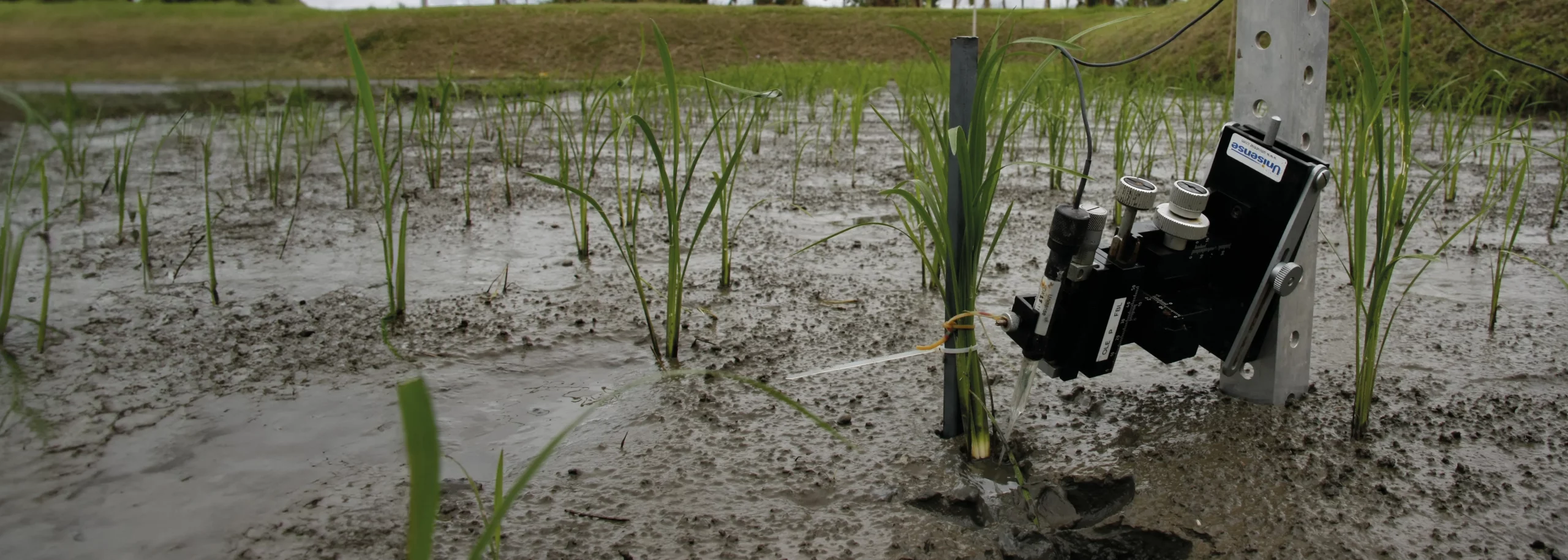
The Winning Formula
Professor Ole Pedersen at University of Copenhagen is a very experienced microsensor user with a long track record of published articles where Unisense microsensors have been a key technology. Ole has travelled the world with microsensors and applied them in seagrass beds in the Caribbean Sea, rice paddies in the Philippines and peat swamps in Australia just to mention a few exotic research locations. A number of Ole’s publications are based on initiating microsensor studies in the laboratory and subsequently taking the measurements to the field, a strategy that he calls “the winning formula”. Unisense invited Ole for a talk about microsensor research and the so-called winning formula.
Ole’s important take-home messages:
- Include in situ measurements - it is a winning formula
- Learn your system in the laboratory before going in situ
- Choose the right size of sensor to answer your question
- Avoid breaking sensors in a wobbly experimental setup
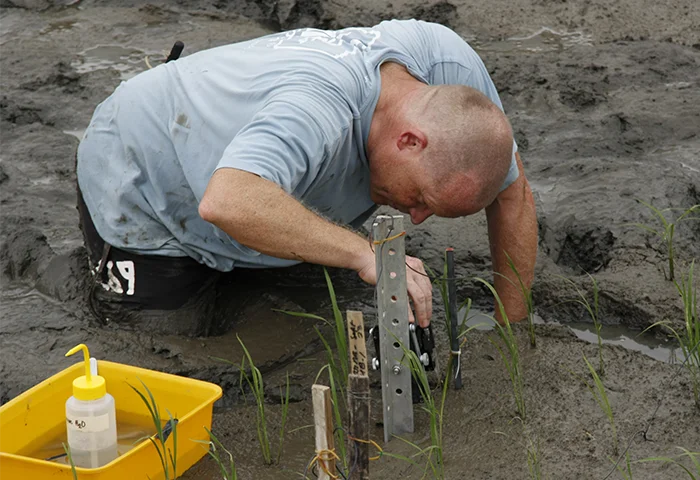
What are the typical challenges you meet when setting up a microsensor experiment?
It’s all about stability and ease of access! Stability – no unsteady tables or shaky tanks and containers – is the main thing in any microsensor set-up. I use a lot of time to ensure that the pots, the cores, or the trays where I have my specimens are well fixed, e.g. to the table or the bottom of the tank. Then, I fix all cables, and also the leaves if working with plants, to avoid that I break a sensor already in the process of mounting it in the micromanipulator… My laboratory set-ups look very “clean”.
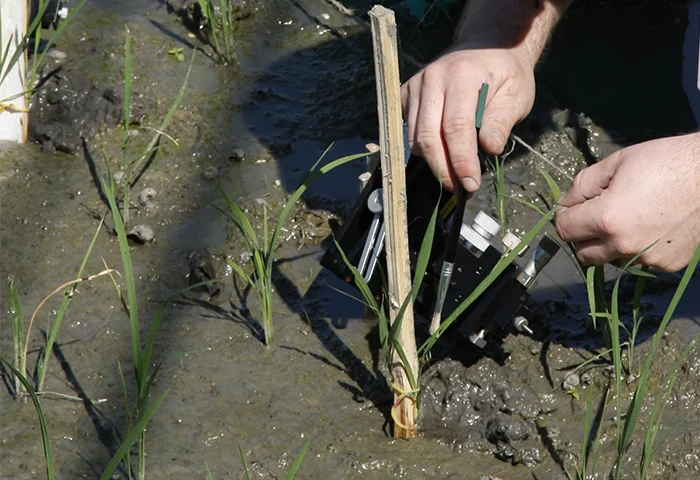
What were your initial reasons for going into the field?
Curiosity! I started with laboratory measurements in seagrasses and got fantastic data. But the uncertainty of whether the observed phenomena also occurred in the field situation was there
– so I had to go and see.
What would you state as the greatest advantages of starting the experiment in the laboratory and then proceed into the field?
You know exactly what you are looking for! I strongly prefer to identify a mechanism in the lab where I can control all the environmental parameters such as temperature, light, flow – and
stability of the set-up. The interesting part for me and the readers of the scientific papers is then to go and show that this mechanism also operate in the field situation regardless of fluctuations
in all of the above environmental parameters.
Then, what is the greatest challenge you have experienced working in the field?
Working in a peat swamp in South West Australia was probably the greatest challenge! The water was shallow so I didn’t have to SCUBA dive but the peat swamp was incredibly unstable. Walking 5 m away from the set-up would cause the entire set-up with micromanipulators and sensors to move. I had to float around and never touch the bottom in order to get the sensors in place.
Could you give examples of when combining field and laboratory measurements were of a particular advantage?
Working with submerged rice – or seagrasses – in the field situation has provided new insight into internal aeration of plant tissues. Our previous laboratory measurements have not been
able to provide real knowledge of the importance of simultaneous changes in light, temperature and water flow and how these parameters all affected the oxygen status of the tissues.
The exciting data on the following pages of this flyer speaks for itself and I hope it will stimulate other research groups to try and combine laboratory and field measurements regardless of the
topic they are working on.
Why does in situ data impress reviewers? Why is it so persuading?
Field measurements are impressive to reviewers and readers because they already know how hard it is to do it in the controlled laboratory situation. Even in the laboratory it is difficult enough
to position a microsensor in the tissue right where it is needed. Research in the field is challenging but the reward is immense!
A standard question we get from new customers is how often sensors break during experiments. What is your experience?
I rarely break a sensor during measurements! Sensors break during handling i.e. when removing it from its protective casing, mounting it in the micromanipulator or inserting it into the tissue. Once the set-up is up and running, the microsensors rarely break – unless the set-up is unstable or macrofauna is attracted to the set-up and starts fiddling with it. The bull sharks in Florida Bay completely wrecked a set-up.
Any good advice to new microsensor users? Patience! It takes a while before you have achieved the necessary skills. But once you feel comfortable with the data you get, it is so rewarding to get insight into processes and mechanisms that
nobody has studied before.
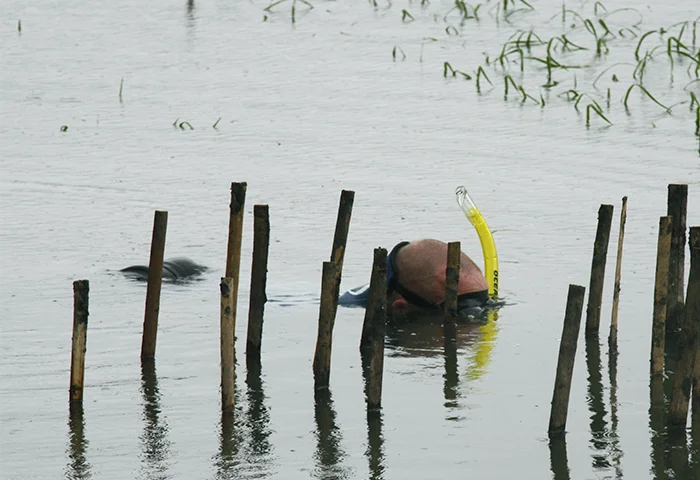
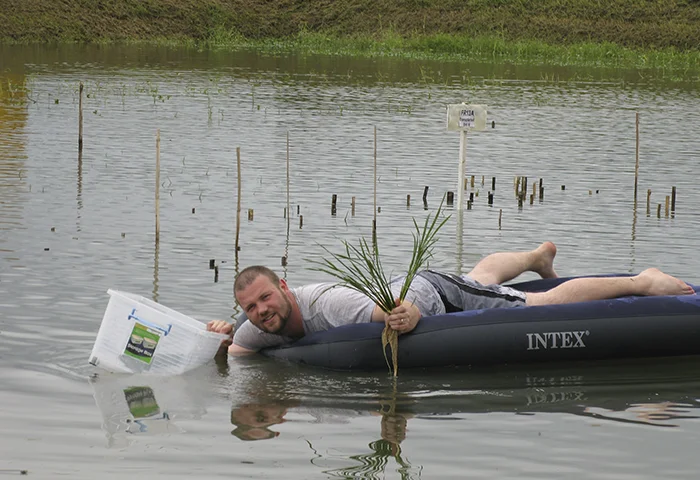
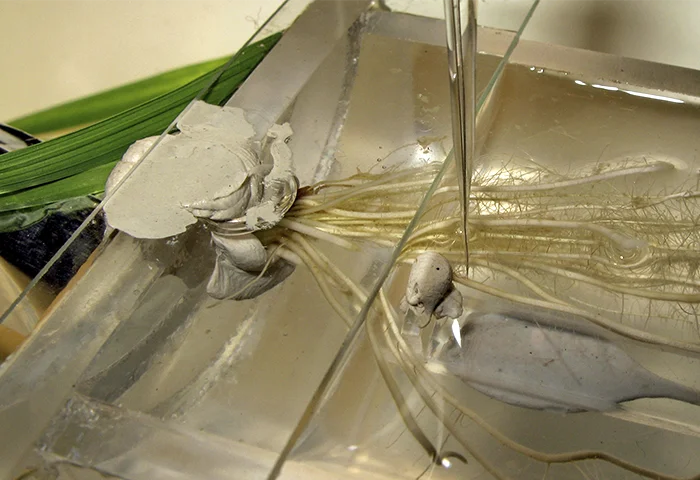
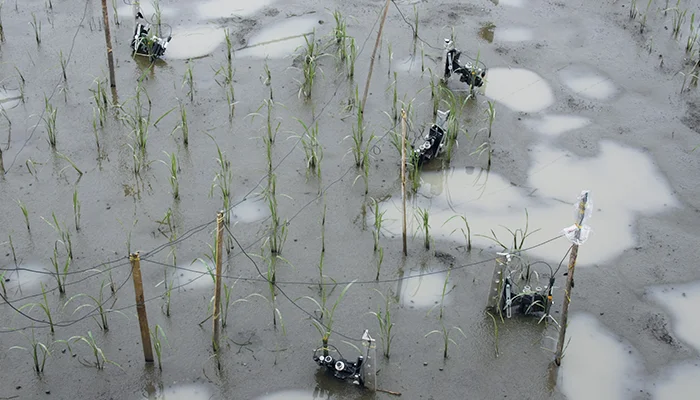
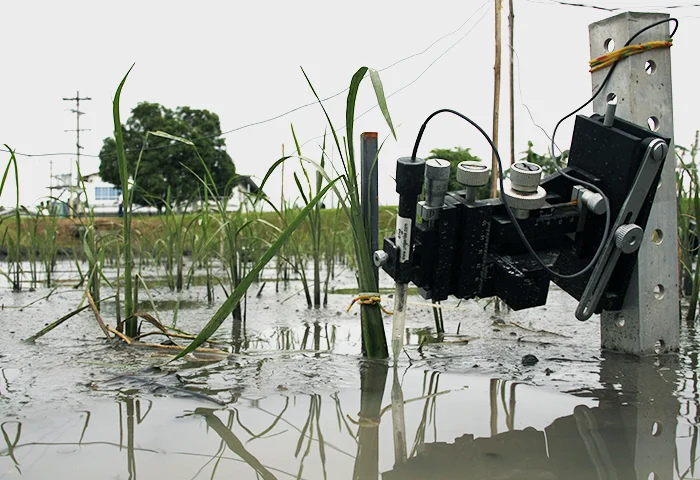
Ready to dive into your own measurements?
Contact us today to discuss whether microsensors are the right choice for your research application.
Studying the effects of leaf gas film using microsensors
Flooding of vegetation introduces a number of challenges to the plants. Reduced oxygen solubility combined with slower diffusion of gases restricts photosynthesis under water as O2
and CO2 exchange between the plant and the environment is limited. Some plants have developed smart ways to survive flooding. The referred two articles focus on the function of leaf gas film formed on
the superhydrophobic leaf.
There has been suggestions of improved CO2 uptake during submergence of plants with leaf gas films; however, the function of leaf gas films is not well-understood. In Pedersen et al. (2009) this function is investigated by setting up laboratory experiments and in Winkel et al. (2013) the studies are repeated in paddy field rice in the Philippines. This research summary will focus on the data the researchers obtained using microsensors in laboratory and in situ experiments.
References
A. Winkel, T. D. Colmer, A. M. Ismail, and O. Pedersen. Internal aeration of paddy field rice (Oryza sativa) during complete submergence - importance of light and floodwater O2. New Phytol 197 (4):1193-1203, 2013.
O. Pedersen, S. M. Rich, and T. D. Colmer. Surviving floods: leaf gas films improve O2 and CO2 exchange, root aeration, and growth of completely submerged rice. The Plant Journal 58 (1):147-156, 2009.
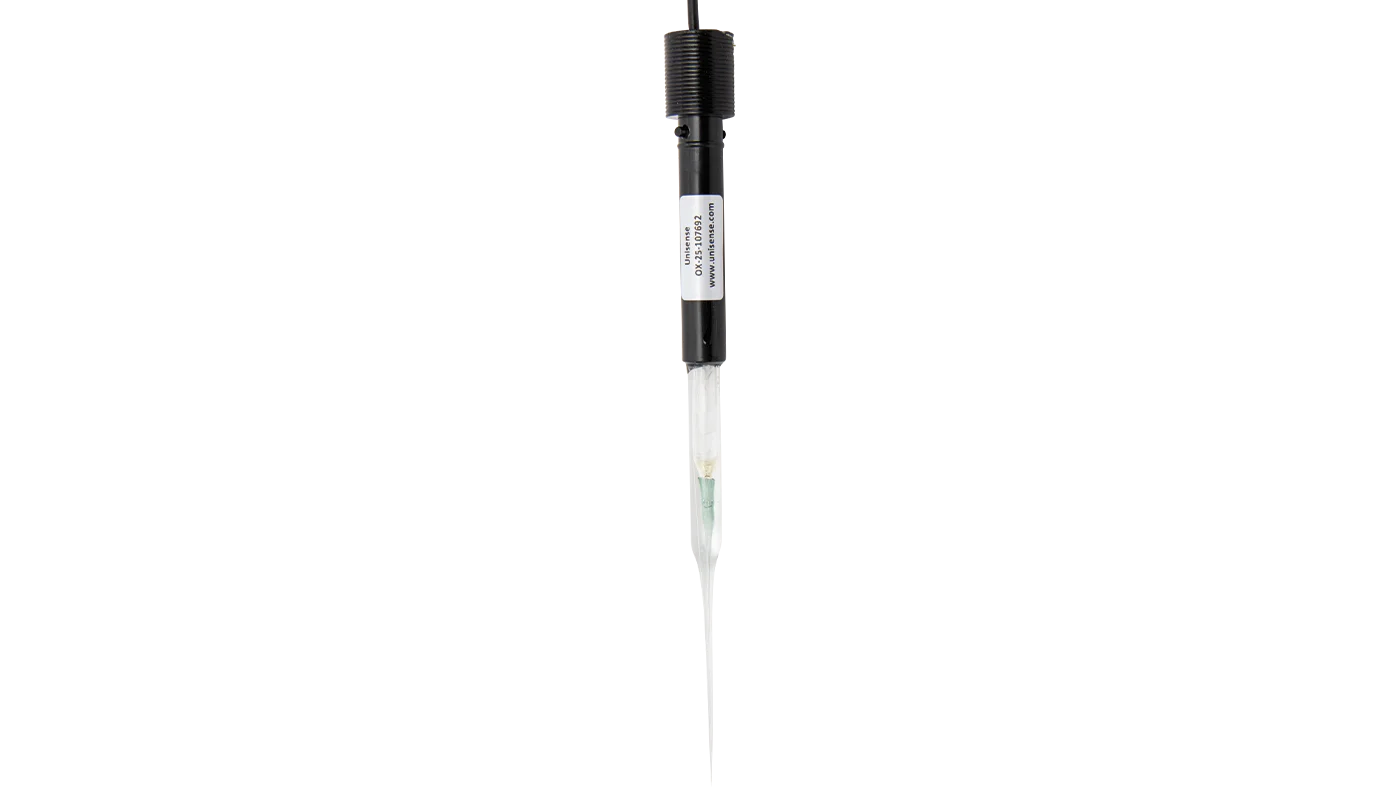
Laboratory setup
The dynamics of root pO2 in light and darkness were investigated using O2 microsensors. Four-week-old plants (Oryza sativa L.) were kept in a chamber that allowed for separate medium for root and shoot of the plant. The roots were incubated in deoxygenated medium, whereas the shoots were incubated in a medium containing 200mmol m-3 free CO2 and O2 in air equilibrium. The chamber was covered with PVC foil to prevent possible contact between leaves and air. This setup mimicked in situ conditions and allowed for studying the internal aeration of the plant.
Unisense O2 microsensors with a tip diameter of 25 mm were connected to a Unisense amplifier, mounted on a micromanipulator and positioned into the root cortex. The effect of leaf gas film was studied by measuring root pO2 before and after brushing the leaves with a diluted Triton-X-100 solution, to remove the gas film.
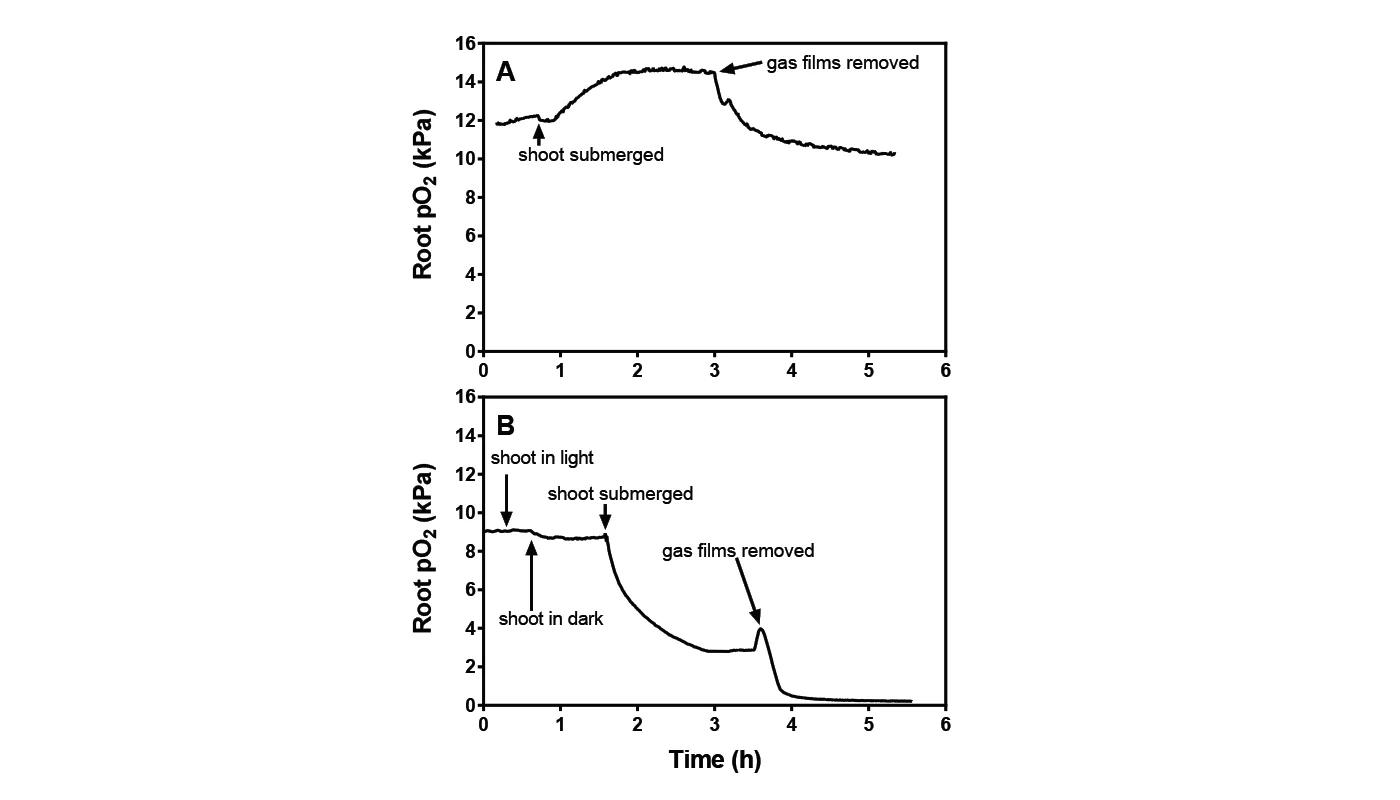
Field setup
Root pO2 of paddy field rice was measured during two days of complete submergence. Four-week-old rice plants were planted into a paddy field. Roots were exposed and the microsensors were placed 200 mm into the root tissue. Hereafter both root and microsensor were covered with soil, placing the sensor tip approx. 4 cm below soil surface. To investigate the function of the leaf gas film, leaves of selected plants had their gas film removed 3 hours prior to flooding. Light status was monitored by a weather station placed approx. 440 m from the paddy field.
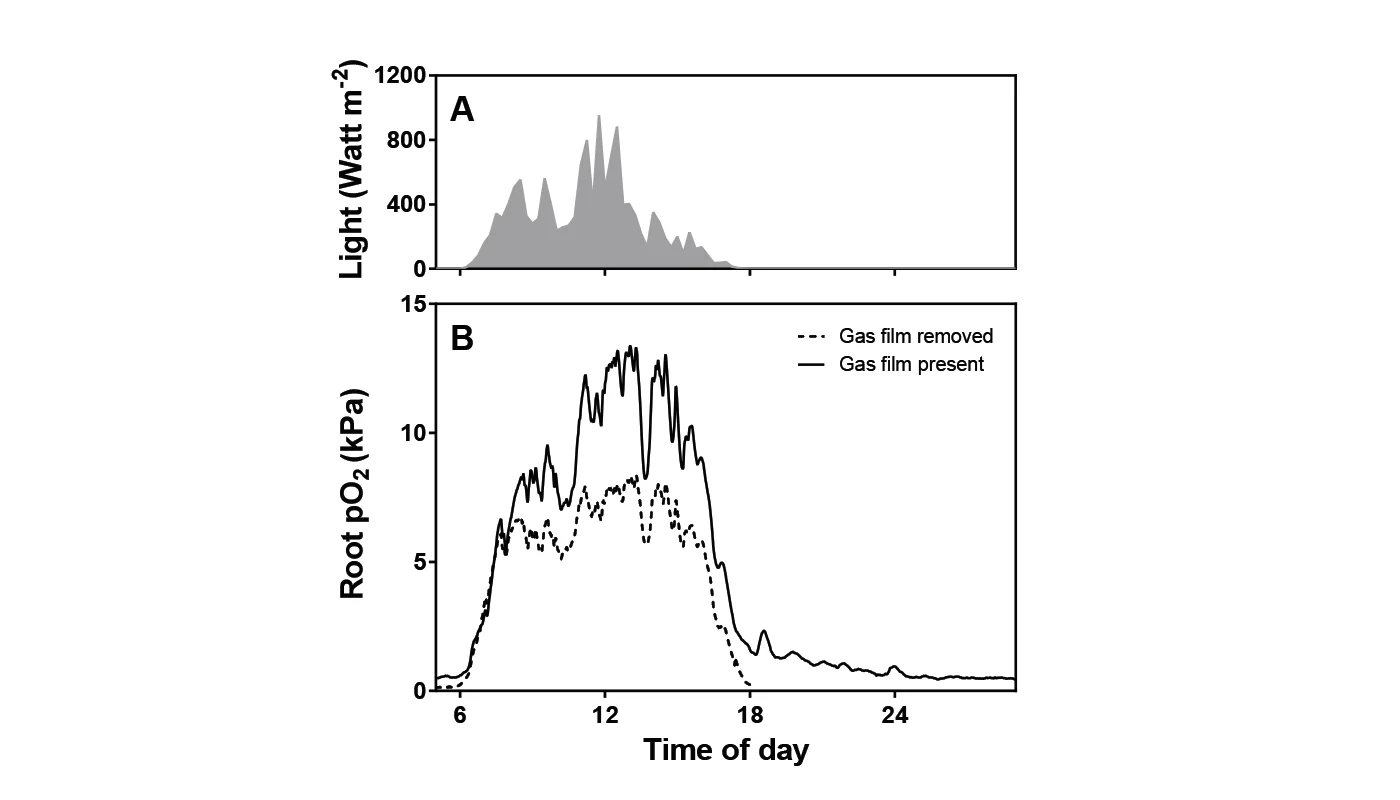
Conclusion on lab and field data
Leaf gas films are hypothesized to improve internal aeration of the plant during the day, as leaf gas films enhance CO2 uptake and thereby promote photosynthesis. This is seen as higher root pO2 in plants with intact gas film compared to plants without. The two studies described investigate gas film based on laboratory experiments and experiments in the field.
In the laboratory, root pO2 increases in light periods in submerged plants, probably due to reduced outward diffusion of photosynthetically produced O2. Removal of gas film resulted in a decrease in root pO2 to just below the initial level (see fig 1A). This can be explained by decreased O2 production by photosynthesis as a result of impeded CO2 entry. In darkness, root pO2 rapidly decreased to 25% (see fig. 1B) when submerged in light and declined to close to zero when the gas film was removed.
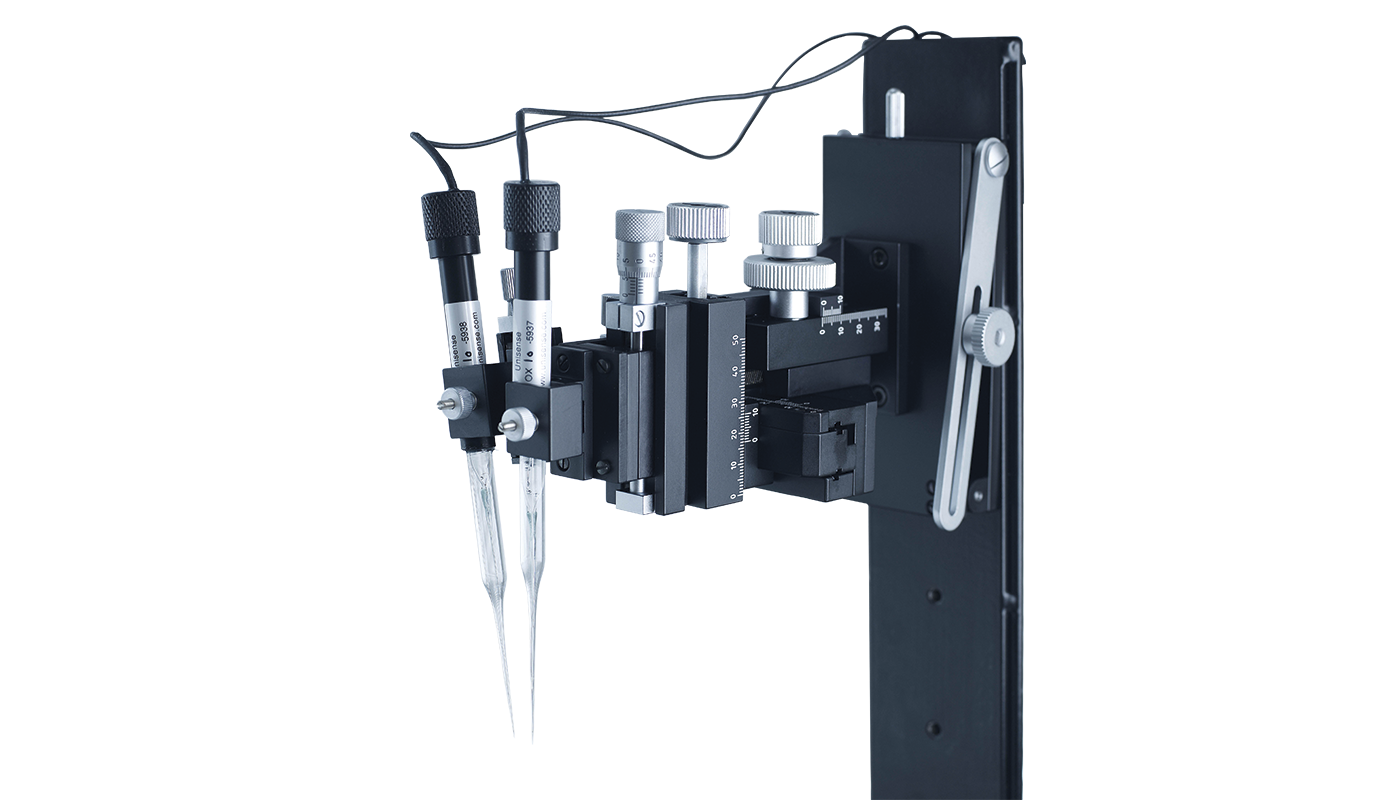
In the field, plants with intact leaf gas films had higher daytime root pO2 compared to plants without leaf gas film during the first day of measurements (fig. 2B), supporting laboratory data. The difference in root pO2 of plants with or without leaf gas film was, however, not significant on the second day (data not shown), suggesting that the leaf gas film had either been reestablished or that emerging new leaves with intact gas film had masked the effect of the gas film removal on the leaves from the day before.
Although data obtained in the field were only significant on the first day of measurement, the in situ data support the findings obtained in the laboratory experiments by showing a positive correlation between leaf gas film and increased root pO2. Combining laboratory and in situ measurements thus contributed to understanding how leaf gas films help the rice plant survive flooding.
Related publications
Related products
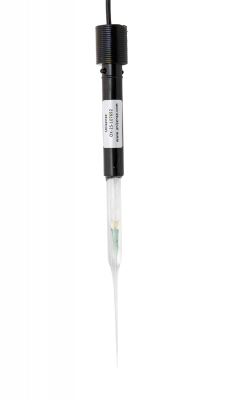
High performance oxygen microsensor

UniAmp Multi Channel for all Unisense sensors and electrodes including optical sensors
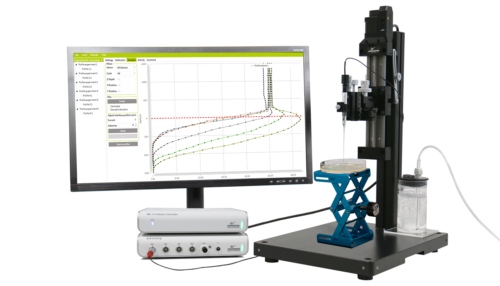
Microprofiles with extreme accuracy, high spatial and temporal resolution
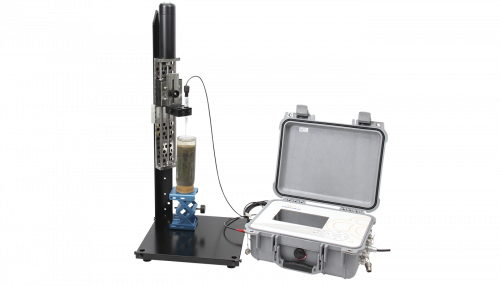
Water resistant Field MicroProfiling System to generate, study, and analyze microprofiles
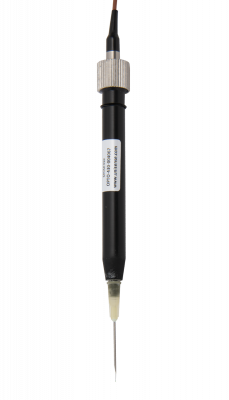
Optical oxygen sensor technology
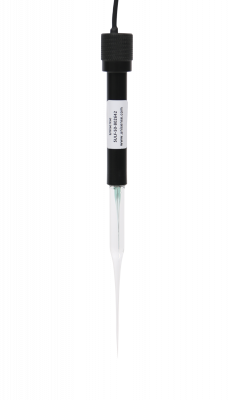
Detect hydrogen sulfide in your sample
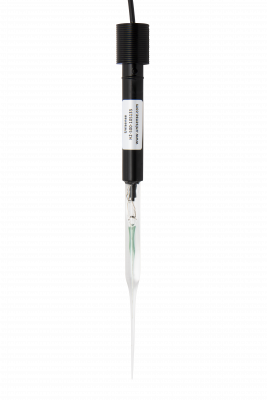
Highly sensitive hydrogen microsensor for gas and liquid measurements
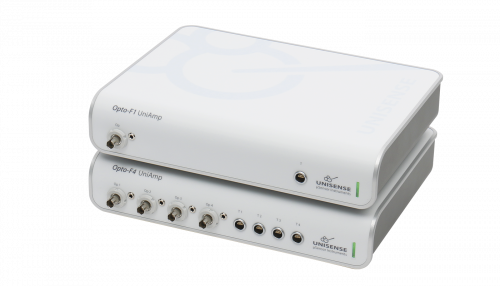
Optode meter for accurate quantification
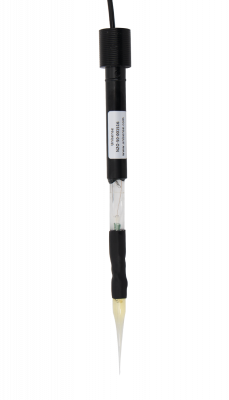
Measure dissolved and gaseous nitrous oxide
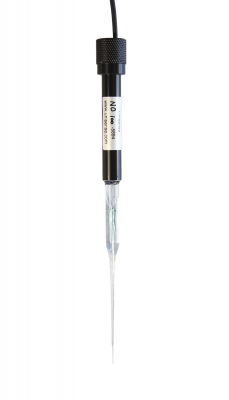
Measure minute concentrations of nitric oxide
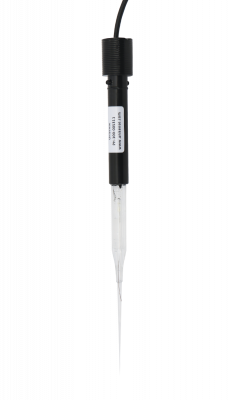
Miniaturized pH electrode
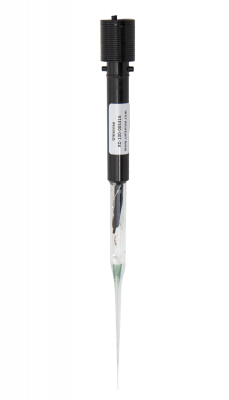
Measure redox potential in microenvironments
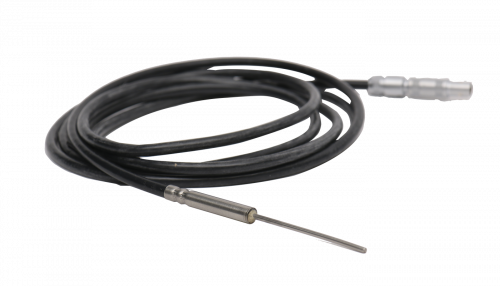
Monitor temperature in your sample
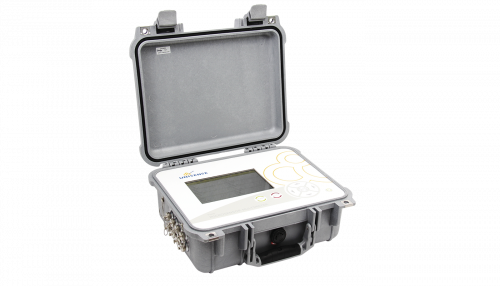
8-channel microsensor amplifier for in situ measurements
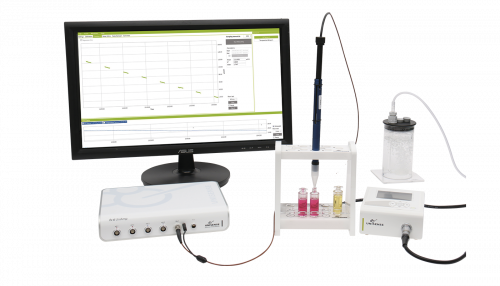
Sealed system to measure O2, H2, H2S, N2O, NO, pH, Redox, and temperature metabolism
